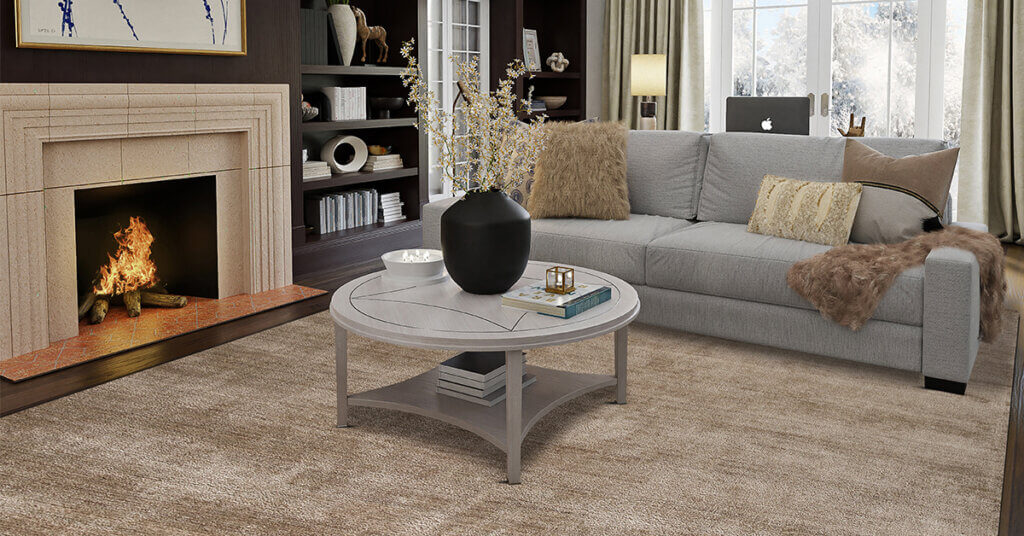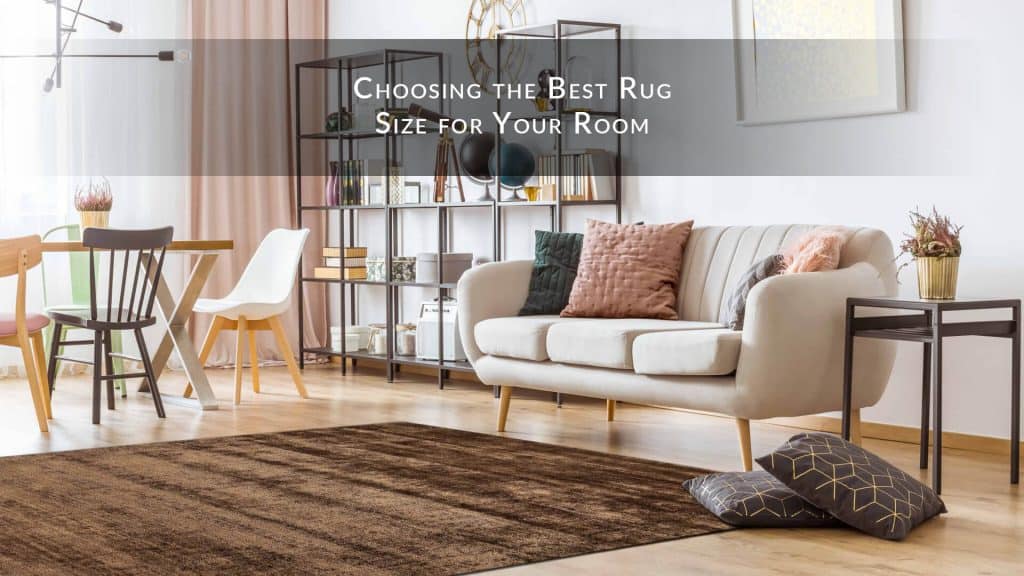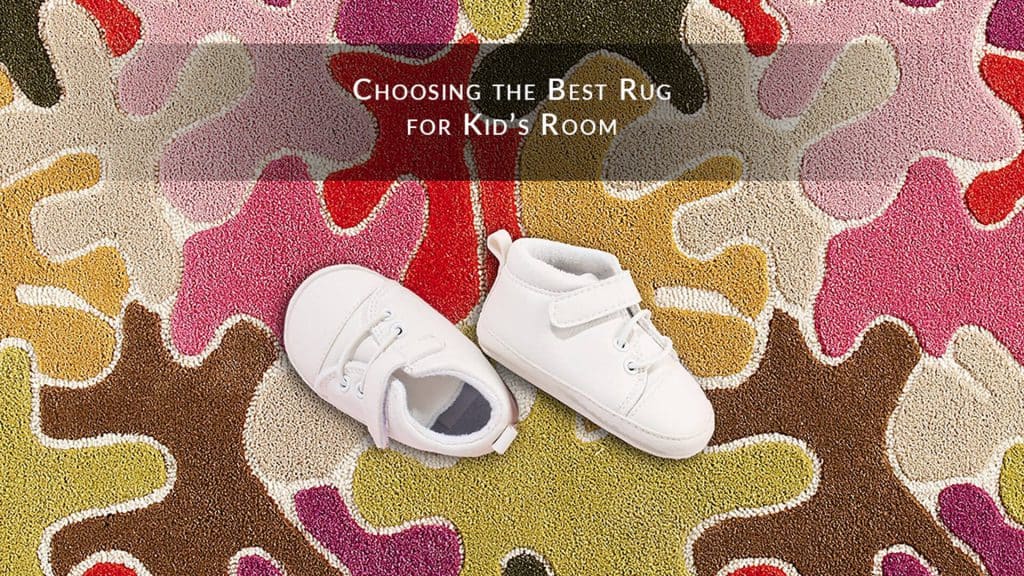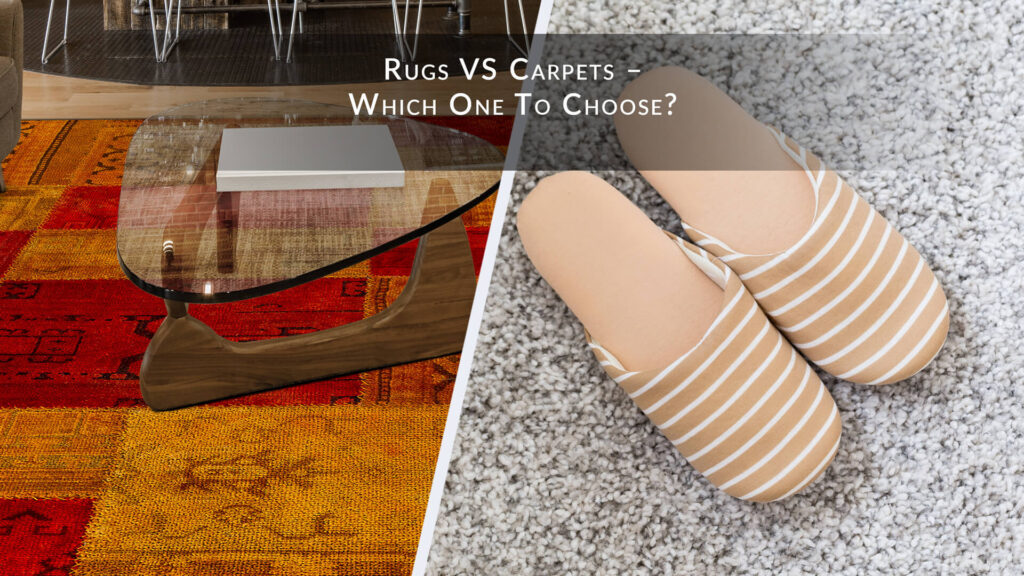Hardwood and tile floors are opposed to easy walking. Especially, when you walk barefoot during cold winters. While there are ample ways to turn it around in your favor, a lot of it will require you to equip your house with electrical solutions that are inorganic choices.
So, what can turn your tile floor warm naturally? Well, it is a carefully chosen rug. So, a lot of us arrive questioning, “do rugs make a room warmer?” It is because the aesthetic contribution of area rugs has been popularised so much that it had overpowered its utility benefits. Rug manufacturers and rug wholesalers around the globe have been selling rugs, with their USP being how effectively rugs lend insulation to the floor keeping the room warmer besides being aesthetic.
Rugs and insulation
Essentially, it is the insulation that keeps us warm. It helps us contain the heat we generate. The reason we layer up our bodies is to prevent heat emission. Or at least reduce the amount of heat we conduct to the surrounding. So does the layering on a floor. The rug laid on a floor traps the cool air underneath and prevents them from exuding. Let us have a look at some of the guides before you decide on buying a rug that makes your room warmer:
Low heat conduction value
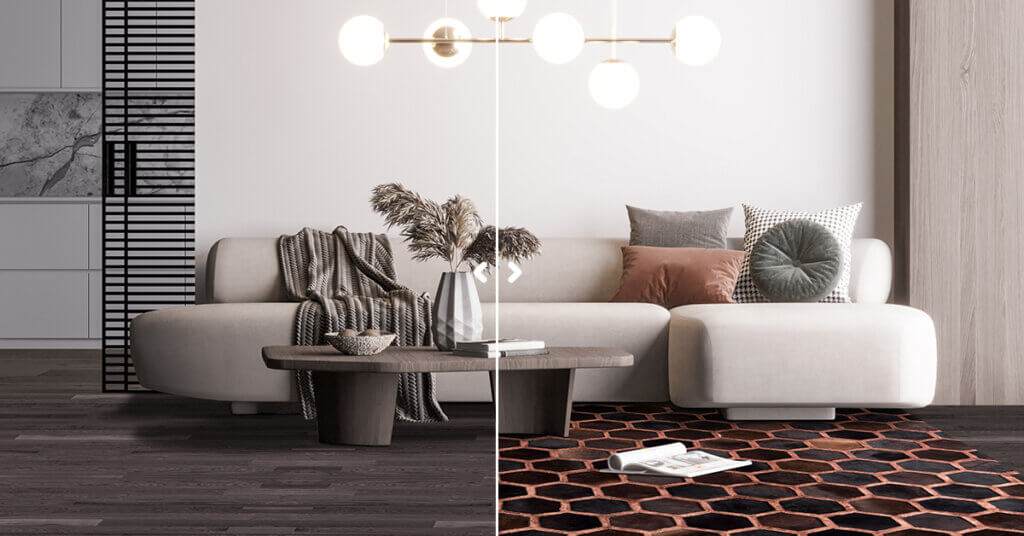
Tipping around on a cold wooden floor, or a concrete floor, the most heat will be lost through feet. The concrete floor is relatively high in terms of conducting heat. On the other hand, rug fibers have a low heat conduction value. As a poor conductor, the rug fibers resist the flow of heat from your body to the floor underneath. Hence, floors with rugs feel cozier underfoot, reduce the effect of chilly winter, and make the room warmer. Moreover, they are equally favorable during summers owing to fiber type, quality, and weaving. Additionally, millions of tiny fibers trap cold air preventing them from exuding.
Choose a thick, wool area rug
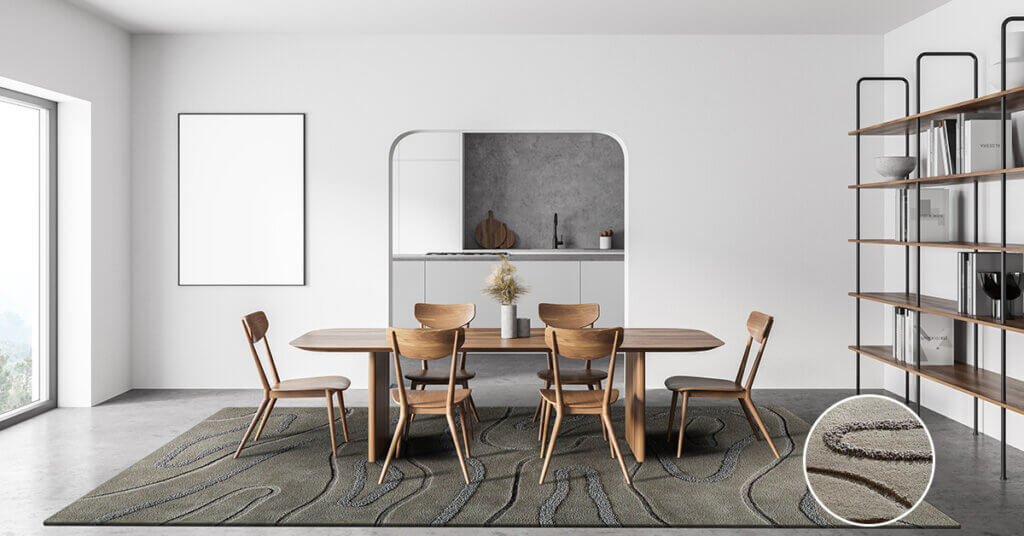
Certainly, it is the fiber that accounts for heat conduction. Rug fibers if chosen carefully, help reduce those 10 percent of heat loss that happens through floors. Wool has been an exceptionally good insulating rug fiber, popularly known to add warmth and contribute to the practicality of using an area rug. The wool fiber when weaved into a rug mirror the properties of the fiber. Undeniably, wool had been the preferred fabric for making sweaters and other cloth items meant to pose resilience to cold.
Also, a thin one may not help accomplish the mission. The pile height and density of fiber matter. A higher pile and a close, tight weaving can help amplify the insulation properties of the area rug. So, if a high pile rug intersects your needs and fits in your considerations when choosing a rug, go for fluffy shag rugs. Otherwise, go for a flatweave wool rug.
Pair the area rug with a thermal mat
Especially during extreme winters, you may prefer more than just laying an area rug. In that case, complementing it with an electrical mat underneath could be a good choice. A thermal mat can be a secondary source of heat. While it is better to cover almost 70 percent of the floor with a thermal mat plugged into an electric source, when you are using it underneath your rug, lay it flat between the rug and the rug pad. A rug pad underneath a thermal mat can protect the wooden floor or the concrete floor from heating. However, it is not necessary to have one. You may keep track of the time for which your mat is plugged-in. Also, the temperature, to keep optimizing it as per the need or use timers to switch off automatically.
While rug manufacturers and wholesalers emphasize the practicality and functionality of rugs while maintaining the prime purpose of owing an area rug, that is, providing insulation. However, to a lot of us, rugs are supposed to only add to the aesthetics, and we tend to ignore this aspect of the rug when we arrive to buy one. While many a time, this aspect is accompanied with our purchase, an informed decision regarding the same could be more beneficial and help you make better choices.
